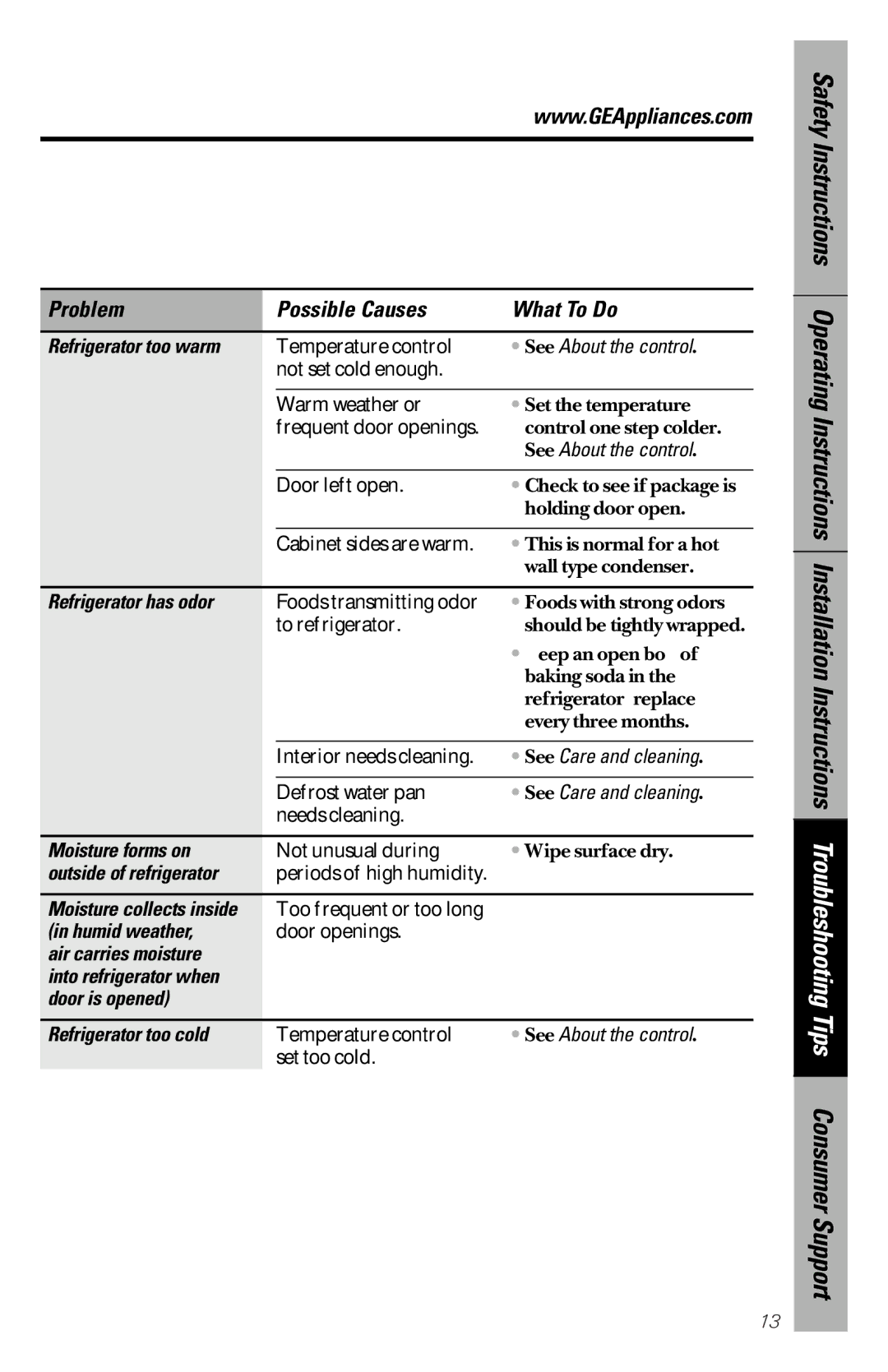162D9639P003 specifications
The GE 162D9639P003 is a highly regarded component within the realm of electrical and electronic systems, primarily utilized in aviation and aerospace applications. This particular product from General Electric showcases the company’s commitment to providing high-quality solutions for complex engineering challenges.One of the main features of the GE 162D9639P003 is its robust design, which is crucial for functionality in demanding environments. It is engineered to withstand extreme temperatures, vibration, and operational stresses that are commonly found in aircraft systems. The component adheres to stringent aviation standards, ensuring reliability and safety in flight operations.
The technology behind the GE 162D9639P003 involves advanced materials and manufacturing processes. Utilizing state-of-the-art production techniques, it achieves a balance between lightweight construction and durability. This is particularly important in the aerospace sector, where reducing weight without sacrificing strength can lead to significant improvements in fuel efficiency and overall performance.
Another noteworthy characteristic of this component is its compatibility with various electronic systems. It is designed to easily integrate into existing aircraft architectures, simplifying the installation process for engineers and technicians. This flexibility allows operators to upgrade or replace certain systems without extensive modifications, thereby reducing downtime and associated costs.
Moreover, the GE 162D9639P003 incorporates advanced electronic technologies that enhance functionality. It features improved signal processing capabilities, which ensure precise control and monitoring of system performance. This is vital for maintaining the operational integrity of critical components in fluctuating flight conditions.
Also, the GE 162D9639P003 is manufactured with an emphasis on efficiency and sustainability. As the aviation industry continues to move towards greener technologies, components like this reflect a shift towards reducing environmental impact without compromising on performance.
In summary, the GE 162D9639P003 is a high-performance component that exemplifies the latest advancements in aerospace technology. Its robust design, advanced materials, compatibility with existing systems, and focus on efficiency make it an invaluable addition to any modern aircraft. As the aviation industry evolves, components like the GE 162D9639P003 will play a crucial role in meeting the demands of future air travel.

